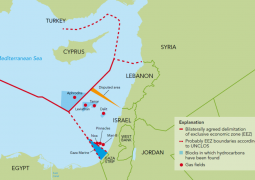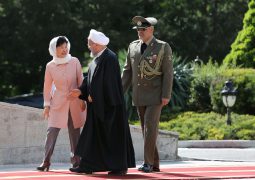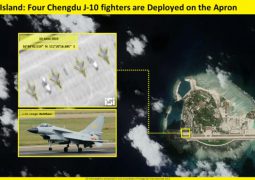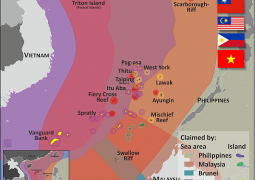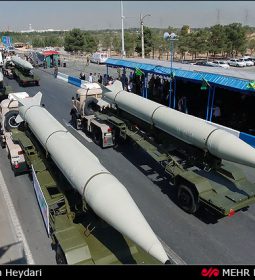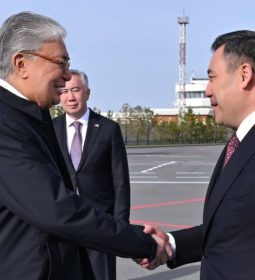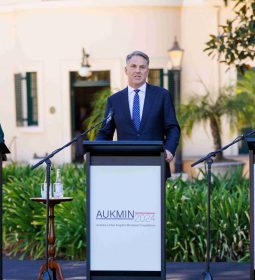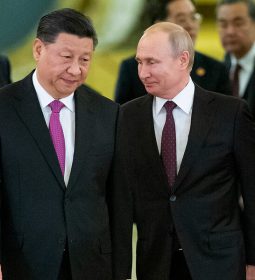4th breakthrough in Malaysia-China relations
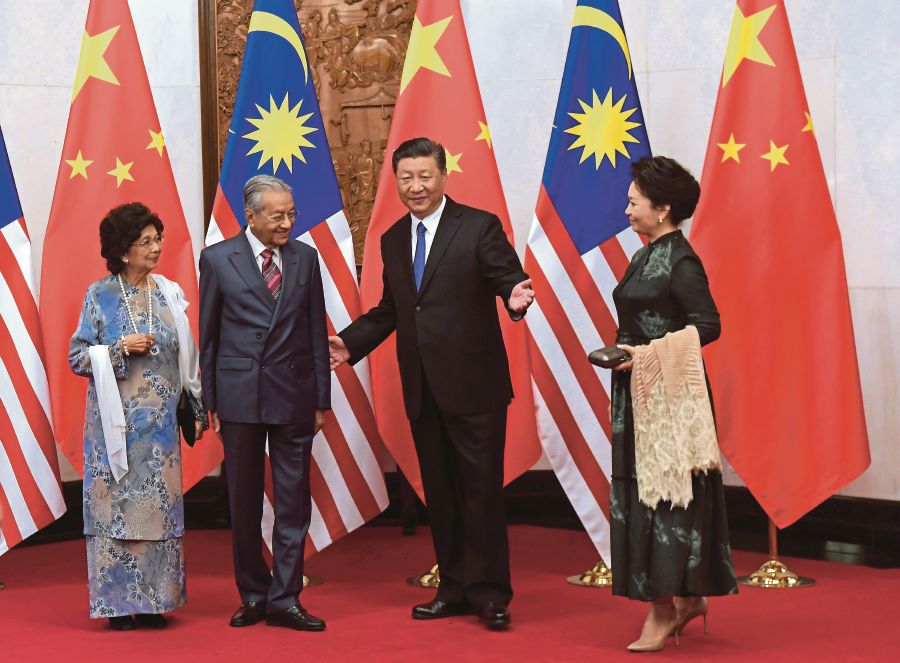
4th breakthrough in Malaysia-China relations
Malaysia could show the way on how to make BRI work.- AFP
By Ngeow Chow Bing and Kuik Cheng-Chwee – April 24, 2019 @ 10:39pm

PRIME Minister Tun Dr Mahathir Mohamad was the first leader to confirm his attendance at the Second Belt and Road Initiative (BRI) summit which started on Tuesday in Beijing, China.
Before his visit, Dr Mahathir revived the East Coast Rail Link (ECRL) project and another China-backed project, the Bandar Malaysia.
Dr Mahathir’s decisions defy many expectations, especially among western media and policy circles.
In fact, the decisions should not come as a surprise, as Dr Mahathir said many times that he is not “anti-China.”
In fact, during his first tenure as premier (1981-2003), he transformed Malaysia-China relations while playing a key role in facilitating China’s participation in regional affairs.
Dr Mahathir also helped dispel the notion of “China’s threat” throughout the first decade of the post-Cold War era.
Of course, today’s China is very different from the China he faced during the 1980s and 1990s, but there are no indications that Dr Mahathir had revised his views of China.
The return of Dr Mahathir promises to provide the fourth breakthrough for Malaysia-China and Asean-China relations.
The first breakthrough was the decision by the second Prime Minister Tun Abdul Razak Hussein to establish diplomatic ties with China, in May 1974.
Abdul Razak’s decision kicked off a diplomatic domino right after Malaysia’s normalisation of ties with China.
Thailand and the Philippines, also followed suit by establishing diplomatic relations with China.
The second breakthrough was Mahathir’s effort in the early 1990s to engage and enmesh China into Asean activities in the post-Tiananmen and post-Cold War contexts, notwithstanding the South China Sea disputes.
Mahathir’s diplomacy paved the way for the then Chinese foreign minister Qian Qichen’s presence at the Asean meeting’s opening ceremony in July 1991 as a guest of the Malaysian government.
China was eventually upgraded to Asean’s dialogue partner in 1996.
While China in the 1990s was not as isolated as in the 1970s, it found itself unfamiliar with the developments of regional multilateralism in Asia.
With the end of the Cold War and the gradual receding of the Soviet-Vietnamese axis, the core strategic basis of China-Asean cooperation had also ended.
Hence, on the Asean side, it was also uncertain how to define its relationship with China.
Malaysia’s decision to engage China bilaterally and regionally using the Asean platform at the critical juncture proved to be transformative and immensely beneficial to both sides.
China learned about the “rules of the game” and became a constructive partner, while Asean made attempts to “socialise” China.
The third breakthrough was little-known, but equally transformative for both Malaysia-China relations and the wider East Asian international relations.
That is, the period from the early 1990s until 2005 which witnessed Malaysia-China collaboration in promoting and institutionalising East Asian-wide regionalism.
Mahathir first proposed the East Asian Economic Grouping (EAEG) in 1989, but this proposal failed to take off largely due to the US objections, as well as several Asean countries lukewarm support.
China was the only major actor who supported Mahathir’s East Asian-based regionalist idea.
The Asian financial crisis in 1997 provided an opportunity for Malaysia to push again its East Asian regionalist vision, working with China, Japan, South Korea and other fellow Asean members to successfully kick start the Asesan Plus Three process when Kuala Lumpur was the chair of Asean.
Malaysia and China again played an instrumental role in proposing and pushing through the creation of the East Asian Summit in 2005.
Now, there is a chance that Malaysia-China relations may have a fourth breakthrough in the context of the changing China-Asean relations under the great power uncertainty.
One of the most vexing foreign policy challenges coming from China in Southeast Asia is the BRI.
After five years since its launch in 2013, BRI has been facing increasing criticisms and challenges internationally, and within Southeast Asia as well.
Dr Mahathir’s earlier decision to suspend the ECRL initially was seen as Malaysia’s rebuke to the BRI.
However, the BRI’s vision, in the form of promoting infrastructure connectivity among developing countries that opens up trade and facilitates greater flows of people and goods had struck a chord with Dr Mahathir.
Dr Mahathir’s earlier rejection of the ECRL was due to its financing model and unfavourable terms but he was not against regional connectivity development and not against the BRI vision per se.
With the successful renegotiation of the ECRL project and the prospects of welcoming more BRI projects on more favourable terms for local economy and local employment, Malaysia could serve as a model of not blindly accepting or rejecting the BRI.
Malaysia could show the way on how to make it work and how to make it right, to the benefit of both the hosting country and China.
Malaysia-China cooperation on the BRI, hence, like the previous “breakthroughs”, could have a wider regional and geopolitical impact.
Ngeow Chow-Bing is director of Institute of China Studies, Universiti Malaya. Kuik Cheng-Chwee is head of Centre for Asian Studies, Universiti Kebangsaan Malaysia
- Previous Anti-Vaccination wave in World keeps rising due to the faults: Students Fall Sick After Being Administered Polio Drops In Pakistan
- Next United States under Trump is veering away from China’s belt and road




